|
Chef Rosie Moot returns to Chincoteague Bay Field Station on August 19th for our annual farm to table dinner, Serving Up the Shore. She had a big hand in making the event happen last year, and we're so glad she's back.
Rosie is an owner and a chef at Pico Taqueria, which Buzzfeed says has some of the best tacos in America. She is a trained pastry chef, and will be bringing her skills with sweets to the dessert course this year. "Here at Pico, being local is really near and dear to our hearts," said Rosie. "We use local corn and tomatoes when they come in to season, local arugula, local basil, and we get local oysters and local softshell crabs." For more information about Rosie and Pico, you can watch the video above, or visit Pico's website. Don't forget to check out our website and our Facebook event page for more about Serving Up the Shore.
0 Comments
Last week our group of 9 students at Photography camp explored the Eastern Shore! The camp has been learning about all of the fundamentals of photography and moving their camera off of the automatic setting. The students have learned about exposure, depth of field, rule of thirds, and much more. Each of the campers came together from across the East Coast but had one thing in common when they arrived, photography. Leaving as friends and more experienced photographers i wouldn't be surprised if these campers became well known names in the world of photography some day! We took trips to the Chincoteague National Wildlife Refuge, The Chincoteague Bay on our research vessels, Savage Neck Dunes, Kiptopeake State Park, Wallops Island For a sunrise shoot, Saxis, and even made a stop in Onancock. "This week at photography camp, I have learned about all of the settings on my camera and when to use them. I have also learned about the beauty of nature and why we must protect it. Another thing I have learned at camp is how to make my own website. Photography is about capturing the moment before it leaves, which could be in an instant. I have really enjoyed photography camp this week and I have learned lots of things about photography and nature." -John, A Photography Camper. Below are the best photos each camper took at camp this week! They developed their own websites so that they can show their work to everyone! Enjoy! Meet Cricket and Carol, owners and operators of Copper Cricket Farm in Machipongo. They will be providing produce for the Serving up the Shore dinner on August 19.
Copper Cricket is a sustainable farm that uses a variety of methods to grow healthy plants will high nutritional value. This includes not tilling and using mulches harvested from the farm itself. "We do sheet composting, and our compost is all sourced locally," said Carol. "It provides our fertilizer for our crops and also suppresses our weeds." Cricket and Carol grow around 130 different varieties of vegetables, and they provide a selection of these vegetables biweekly to members of their CSA. These same vegetables will be fresh ingredients for the Serving up the Shore chefs. For more about Copper Cricket, you can listen to Cricket and Carol in the video above or visit the Copper Cricket website. Be sure to visit our Serving up the Shore webpage, and stay updated with the Facebook event page. Pokémon GO has captivated a large audience, and not even Chincoteague Bay Field Station is immune. In case you’ve been living under a rock (or a Geodude), Pokémon GO is a virally popular mobile app that lets you catch Pokémon on your smart phone depending on where you are in the real world. Since the app debuted last Thursday, you can often find CBFS educators and interns hanging around the Station’s sign out front, which is the nearest Poké-Stop to campus. And although we’re a little salty that the station wasn’t deemed a gym instead, we still love it. The Pokémon you can catch are regional – Pokémon you’d get out in the marshes near Chincoteague are quite different than the ones you’d find in the more populated area around Ocean City. It just so happens that many Pokémon have real-life counterparts living in the same habitats. While you may not find a Ghastly floating around in real life, here are five Pokémon that bear a striking resemblance to organisms found on the Eastern Shore. Squirtle = Diamondback TerrapinSquirtle is the iconic turtle of the Pokémon franchise, and the diamondback terrapin is the iconic turtle of the Eastern Shore. Both are cute, but can be a bit nasty if you’re not careful. Holding a terrapin may result in scratched hands from its claws. Holding a Squirtle may result in gallons of water being blasted into your face. Tentacruel = Moon JellyBoth Tentacruel and the moon jelly can be found in the waters of the Chincoteague Bay. Moon jellies can get fairly big with a diameter of 10 to 12 inches. Tentacruel grow to be even bigger. Like Tentacruel, the moon jelly has many tentacles that can release toxin to catch prey. Unlike Tentacruel, a moon jelly will not knock over a skyscraper with said tentacle. Pidgeot = OspreyThe osprey was clear inspiration for the Pidgey evolution line, especially the final evolution, Pidgeot. An osprey will use its keen eyesight to catch fish right out of the water mid-flight. Many of Pidgeot’s Pokédex entries also allude to its impeccable vision and ability to snatch prey out of the water. These Pokédex entries also say that Pidgeots can make gusts of wind strong enough to bend tall trees and that they can fly at speeds reaching Mach 2. Osprey can’t do either of those things. Krabby = Ghost CrabWhile Krabby seems to be based on many different types of crabs, it matches the ghost crabthe most out of the crustaceans on the Eastern Shore. Ghost crabs are famous for burying themselves in the sand on beaches. Krabby is famous for having what is arguably the least creative name for a Pokémon. Horsea = Lined SeahorseAs the only type of seahorse we have in the area, the lined seahorse is the closest Eastern Shore equivalent to the Pokémon Horsea. Both creatures use their curled tails to hold on to grasses or other objects to either avoid being washed away by the current. However, the lined seahorse might actually be harder to find than its Pokémon counterpart, as camouflage is the poor swimmer’s first line of defense. In contrast, Horsea’s first line of defense is spraying bubbles at you.
Pokémon GO is a viral sensation, and for good reason. It’s fun, and it is great motivation to get outdoors. Next time you go on a Pokémon-related adventure, keep an eye out for the amazing real-life creatures that live on the Eastern Shore as well. Say hello to Laura Davis, the salad chef for our Serving Up the Shore dinner on August 19.
Laura runs tideandthyme.com, a popular food blog about life on the Eastern Shore. As a native of the area and a resident of Chincoteague Island, Laura creates and shares recipes have a unique seaside flair. She recently shared an iced coffee tonic recipe, courtesy of local business Eastern Shore Coastal Roasting Co. which is providing coffee products for Serving Up the Shore. “We are so fortunate to have such an abundance of fresh seafood and produce here on the Eastern Shore,” Laura says on her blog. “I love to take advantage of it every chance I get. I love to try new recipes, learn about food history, and just talk to folks about food in general.” Laura will be sharing her passion for local products and innovative recipes in her salad course - using Perennial Roots heirloom tomatoes and smoked mulefoot hog ham, and Terrapin Farms lettuces. For more of Laura’s awesome recipes, you can visit her website, tideandthyme.com. Be sure to visit our Serving up the Shore webpage to get your tickets, and stay updated with the Facebook event page.
Past Ghost Crabs have been fossilized in rocks dating back 2,588,000 to 11,700 years ago. Present Ghost crabs are relatively common on beaches like Assateague National Seashore, but they, like many other coastal creatures, are threatened by human impacts. One of the main threats to ghost crabs are off-road vehicles (ORVs). Driving out on the beach, ORVs can crush crabs and destroy their burrows, interfering with their reproductive cycle. ORVs greatly affect ghost crabs at night when they are feeding. Another threat to the species is a decline in their habitat. Construction along beaches, be it for residential or commercial use, can cause increased mortality and a potential decline in populations. Future In order to preserve coastal species like the ghost crab, humans need to make concerted efforts to limit habitat destruction in these already vulnerable areas. Some beaches have adopted boardwalks which allow people to get closer to the water while lessening their impact on the supralittoral zone.
The Behavioral Ecology course hosted by Chincoteague Bay Field Station took a trip to Wallops Island to study the behavior of the Ghost Crabs at night. As well as studying their actions in the presence of people and artificial light. Serving Up the Shore chefs got the grand tour of Ballard Fish & Oyster Company's Chincoteague operation this spring. For the second year, Ballard will be providing clams and oysters for our Serving up the Shore dinner on August 19.
Ballard Fish and Oyster Co. is an institution on the Eastern Shore, as the family has been producing clams and oysters for nearly 115 years! They use a sustainable method of aquaculture, or shellfish farming, that involves raising clams and oysters to maturity in monitored locations in the Chincoteague Bay. “They’re thriving,” said Cody Metcalf, a field manager with Ballard Fish and Oyster Co. “Even thirty years ago, there’s more of them now than there was back then, because so much of the pressure is being taken off by sustainable ‘put-and-take.’ They filter the water and help the whole ecosystem.” Chincoteague Bay Field Station has a close connection with the organization, as Tim Rapine, the Managing Director of the company, is an alumni of East Stroudsburg University and took college summer courses here at the Field Station. Years later he's made the Shore his permanent home and has brought an extensive knowledge of hatcheries and research to Ballard. For more information about Ballard Fish and Oyster Co., you can visit their website. Be sure to visit our Serving up the Shore webpage, and stay updated with the Facebook event page Meet Johnny of Terrapin Farms located in Berlin, MD. Terrapin Farms will be providing greens for Serving up the Shore dinner on August 19.
Terrapin farms is a sustainable, organic farm that uses hydroponics--or farming without soil--for many of its plants. The farm specializes in different types of greens, such as kale and microgreens. Terrapin also makes the extra effort to use sustainable farming methods. "We're entirely fired by solar panels, and we use rainwater for our irrigation," said Johnny. For more information about Terrapin Farms, you can listen to Johnny in the video above or visit the Terrapin Farms website. Be sure to visit our Serving up the Shore webpage, and stay updated with the Facebook event page Meet Kristin and Jamie of Eastern Shore Coastal Roasting Co. in Eastville, VA. ESCR is an amazing local business which will be providing coffee beverages for our Serving up the Shore dinner on August 19.
ECSR is a wholsesale coffee roasting company that uses sustainably sourced beans to make custom coffee blends for restaurants across the Eastern Shore. Local-themed blends include Machipongo Morning, Oyster Roast, and Marsh Mud. When we visited ESCR this spring, Kristin whipped up her latest creation: a spritzer-style drink using her cold-brewed Marsh Mud. This coffee tonic is the perfect blend of refreshing and caffeine, and guest chef Laura Davis couldn't agree more! You can see the full recipe and get a little preview of Serving Up the Shore on her blog, Tide and Thyme. For more information about Eastern Shore Coastal Roasting Co., you can listen to Kristin in the video above or visit the ECSR Facebook page. Be sure to visit our Serving up the Shore webpage, and stay updated with the Facebook event page.
|
About
Everything you need to know about CBFS's educational programs, visiting Chincoteague Island, and more! Categories
All
Archives
January 2019
|
CHINCOTEAGUE BAY FIELD STATION | 34001 Mill Dam Road | Wallops Island, VA 23337 | (757) 824-5636 | [email protected]
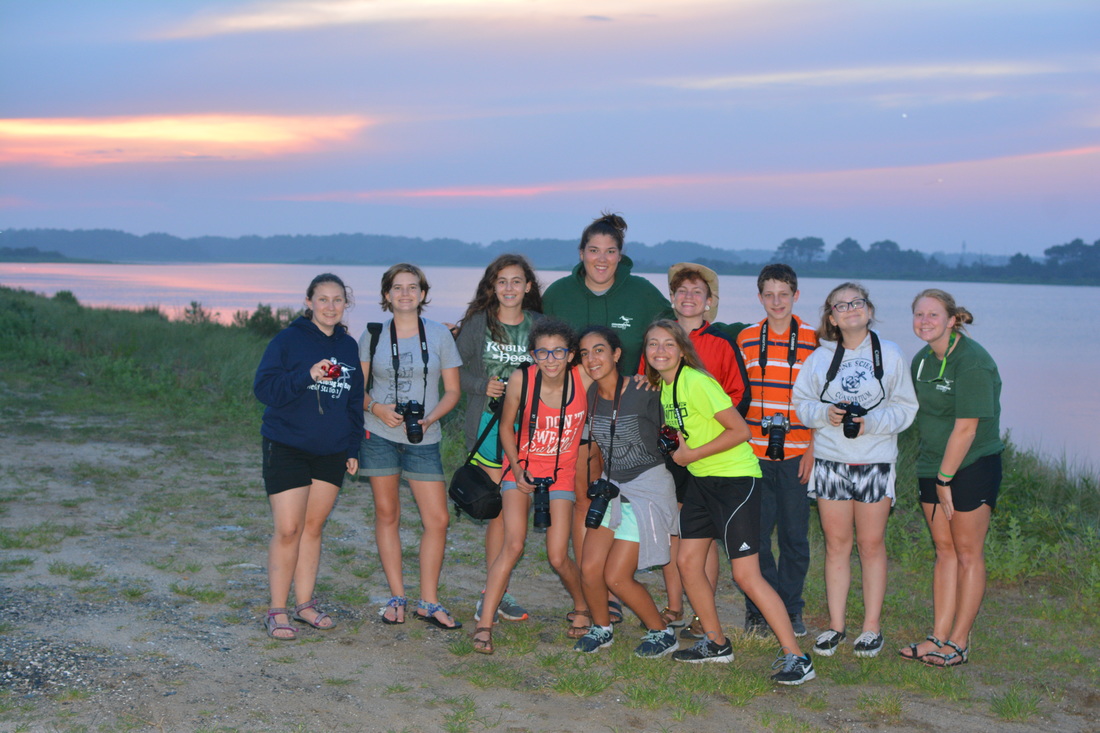
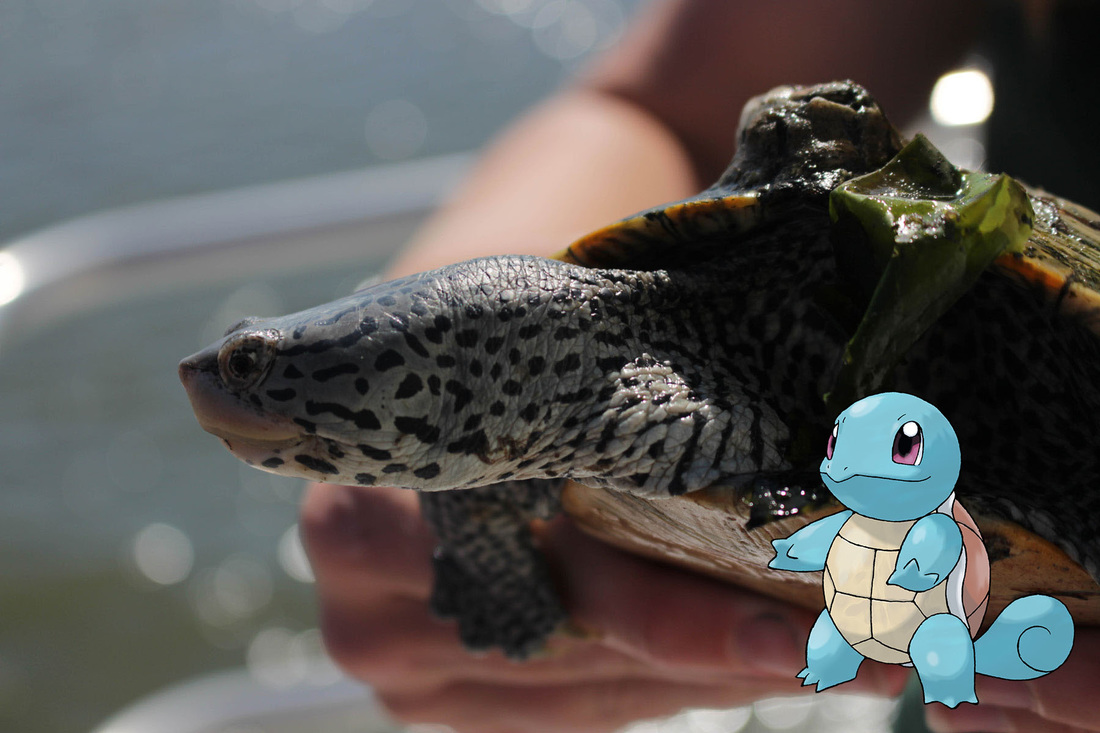
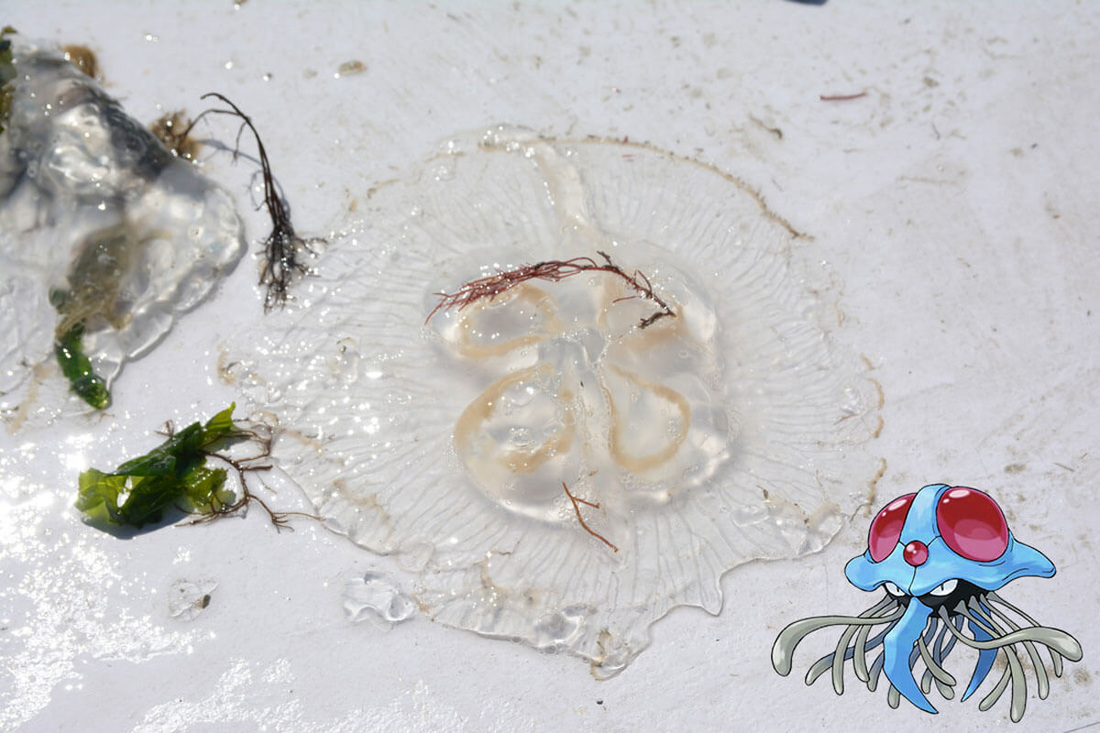
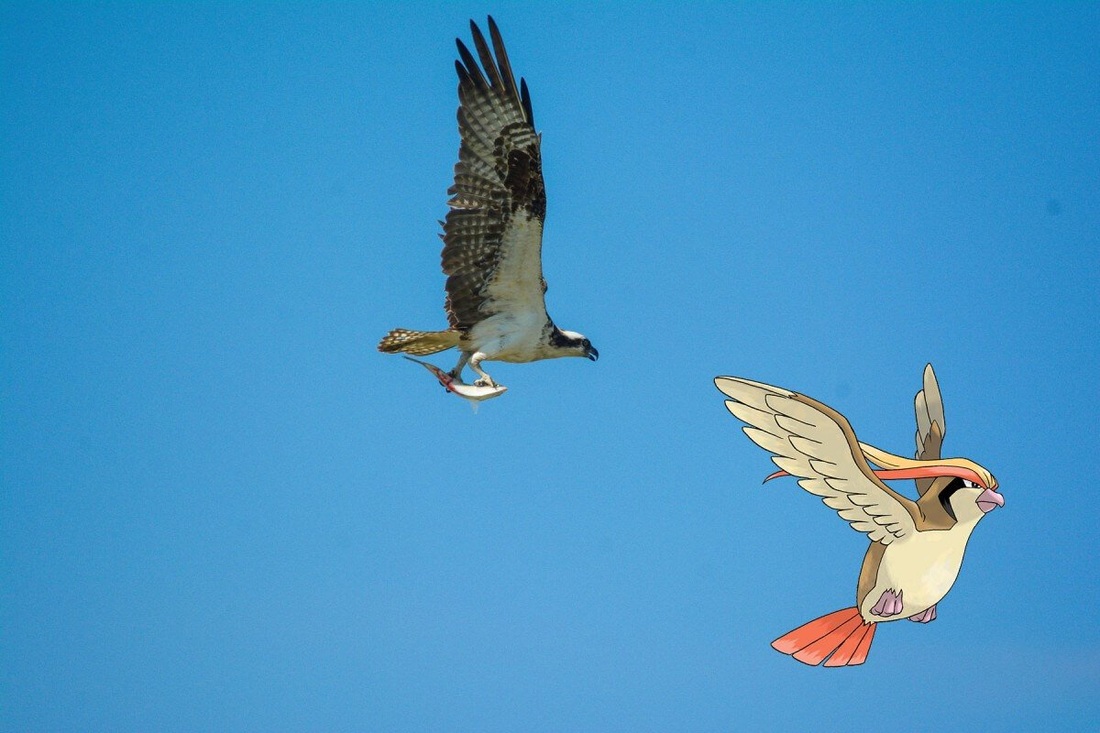
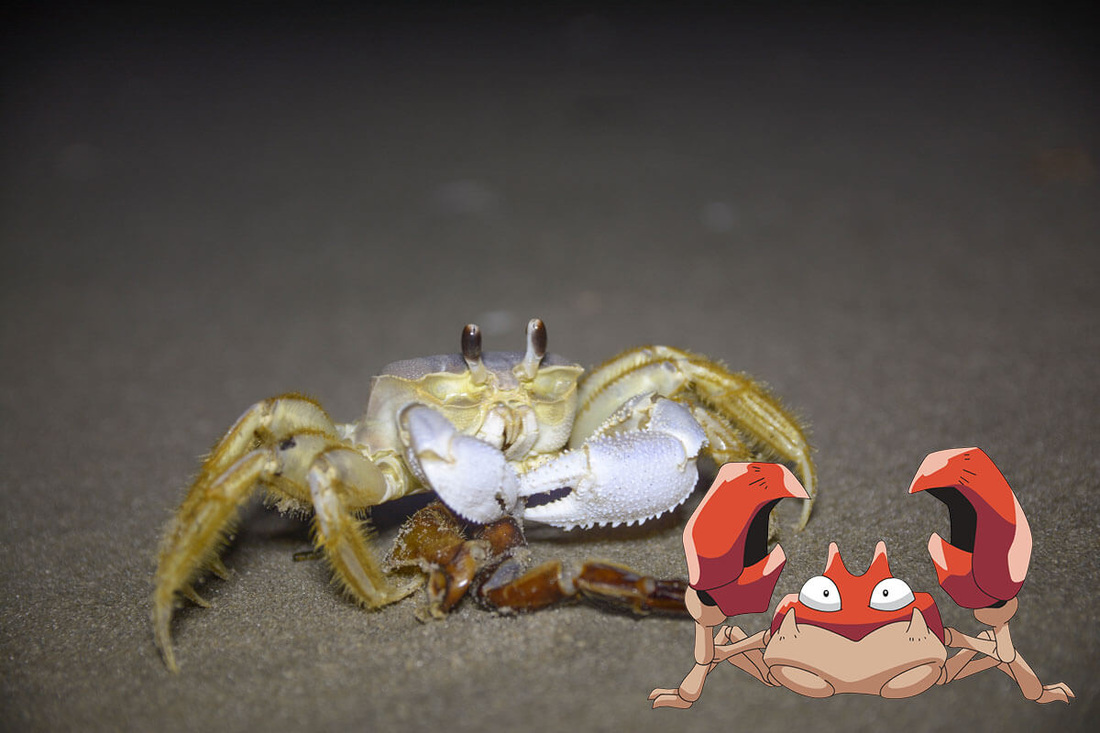
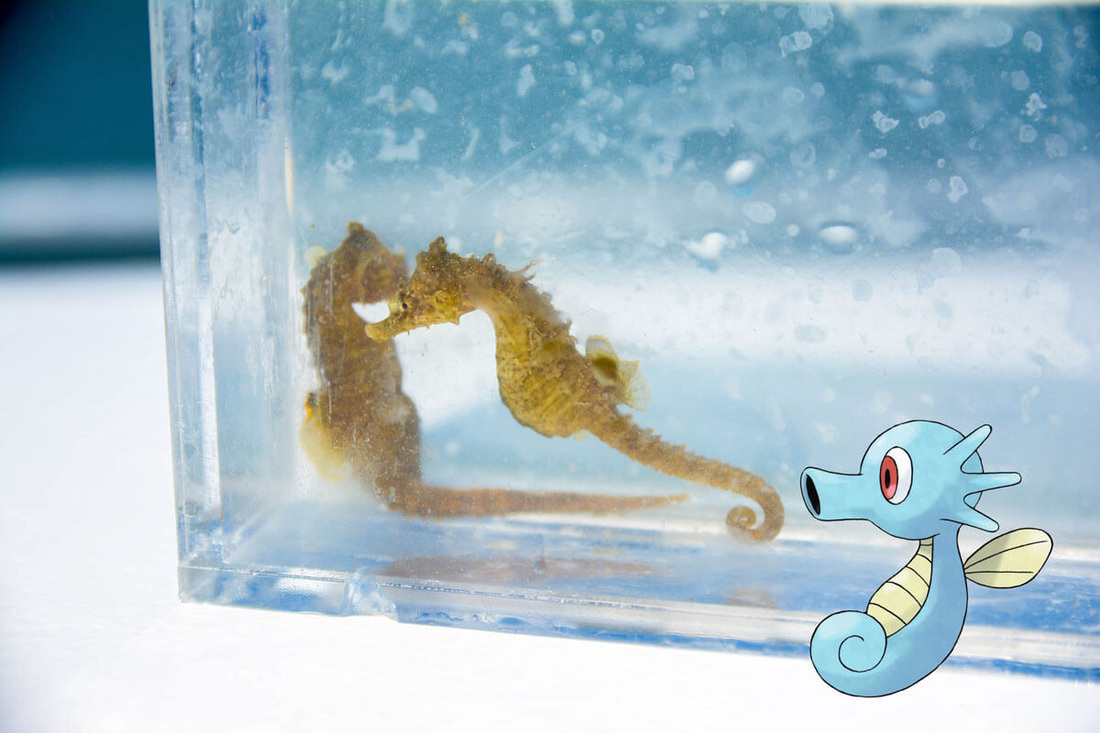
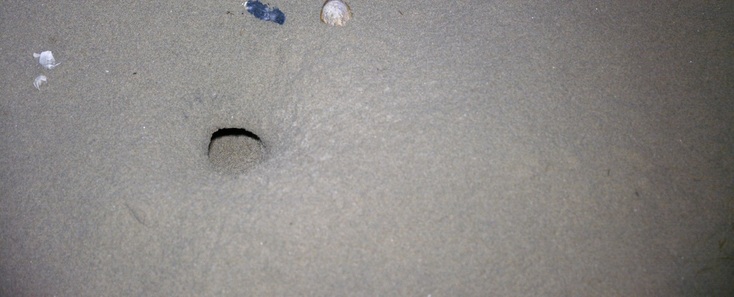
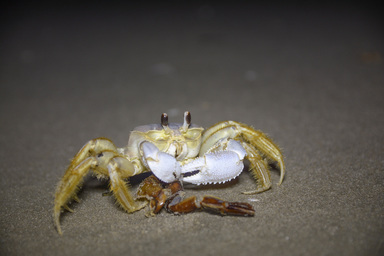
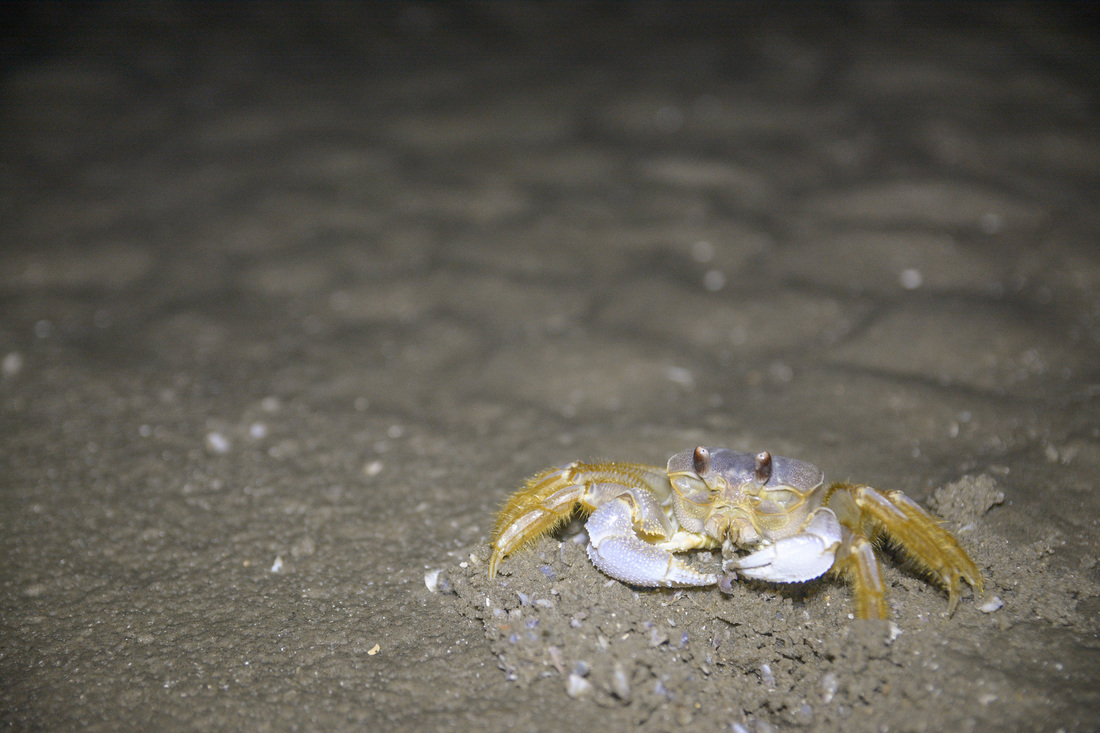
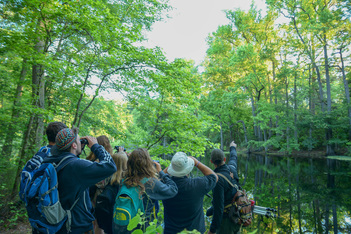
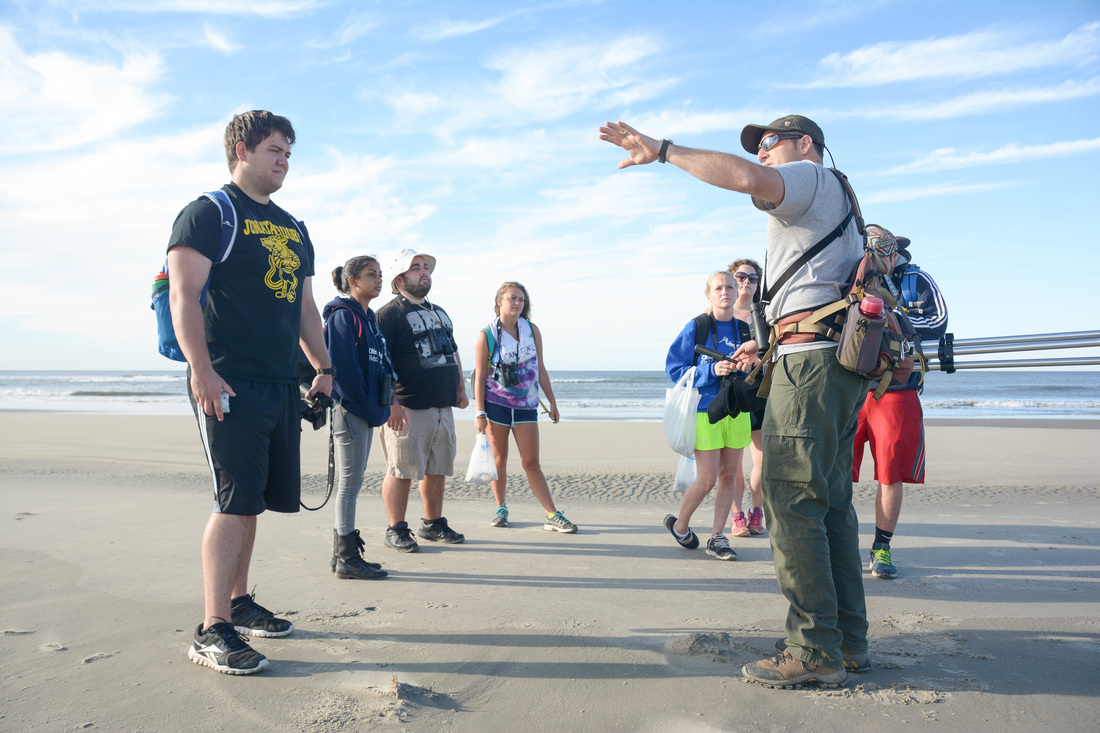
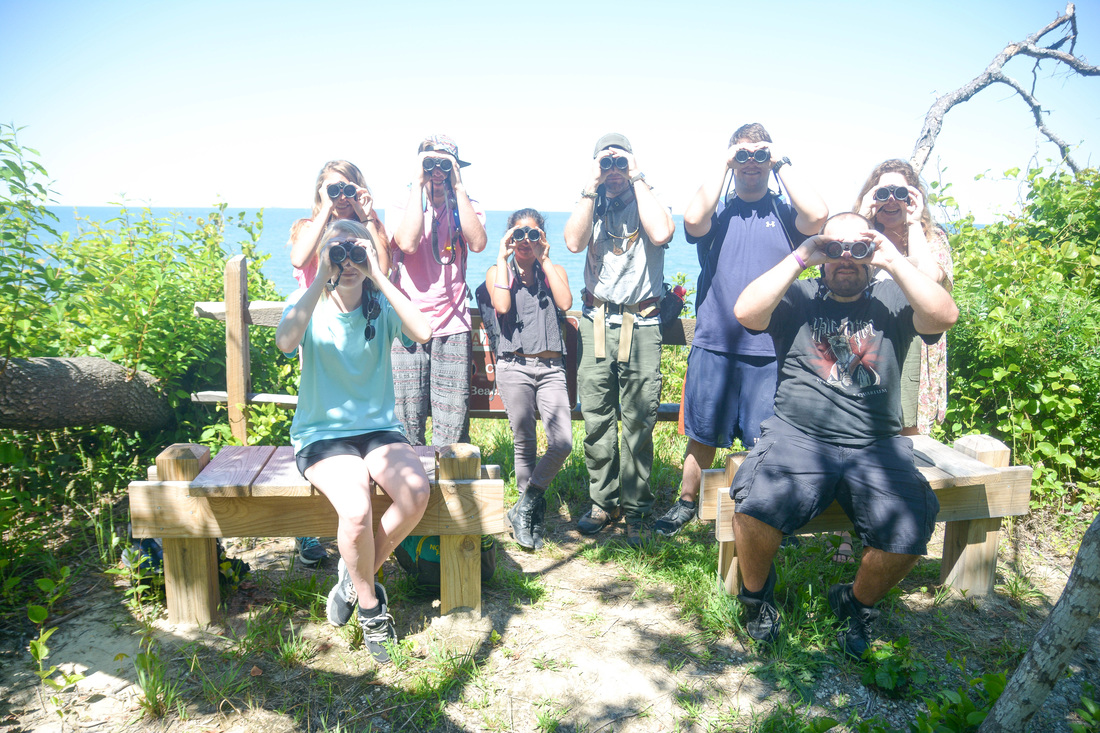
 RSS Feed
RSS Feed

